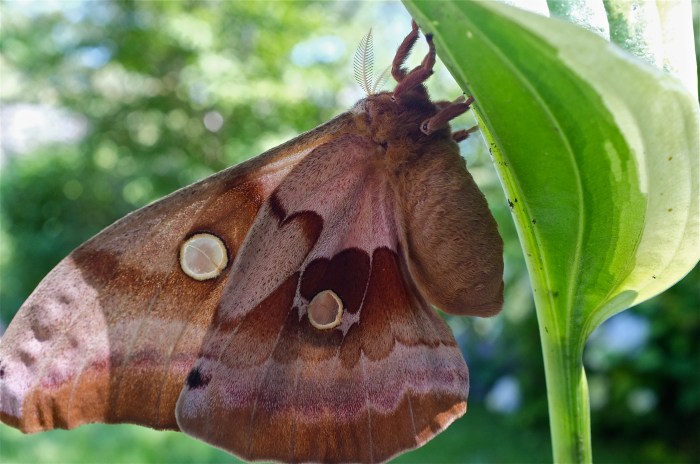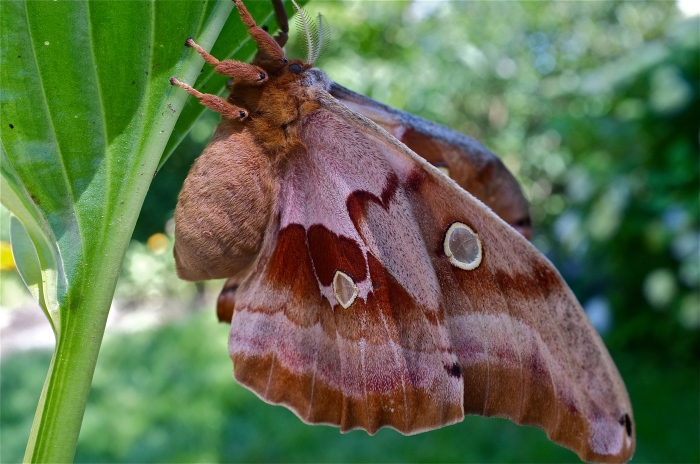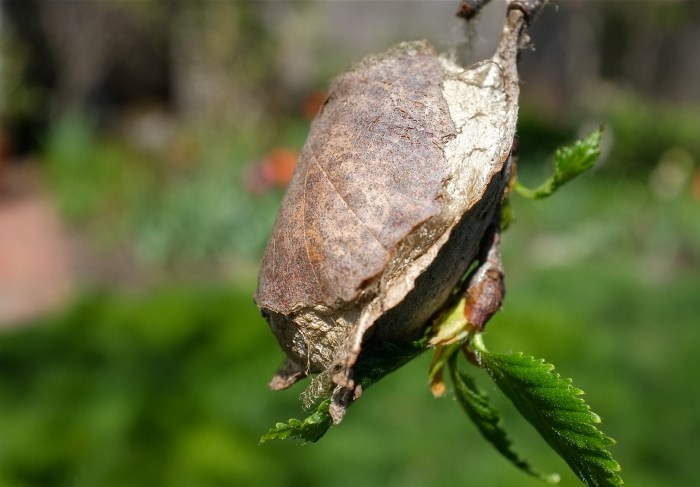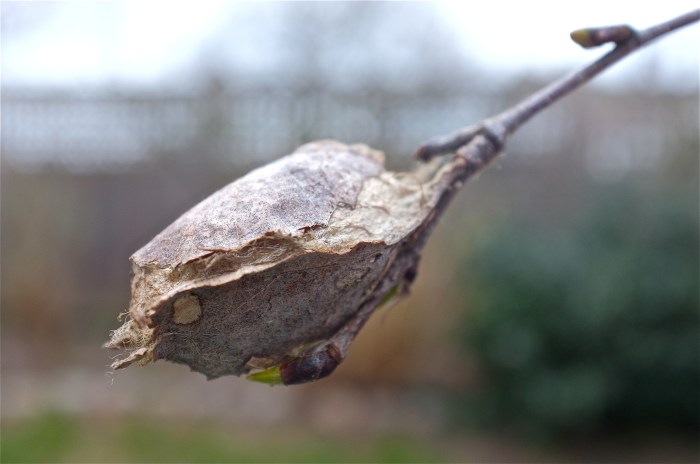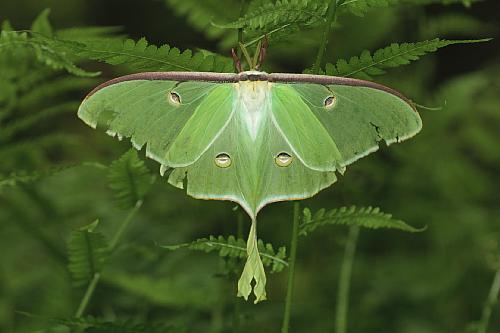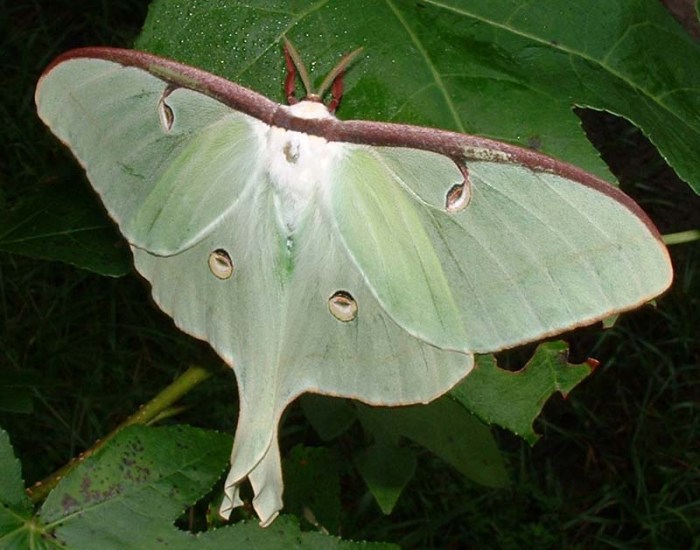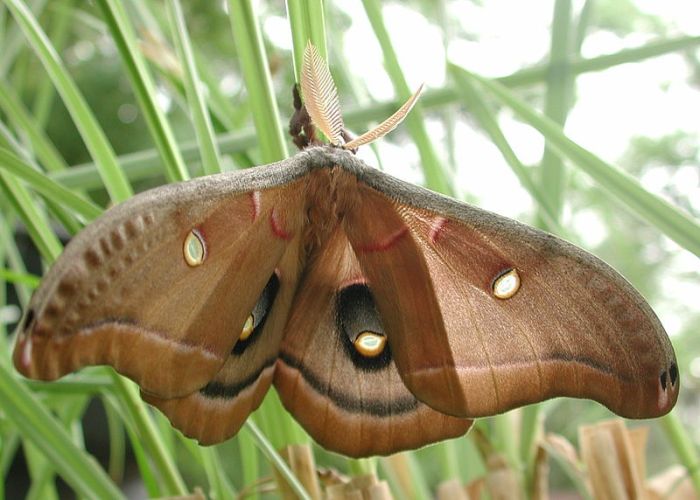Beaver Pond, also known as Langsford Pond, is located on the outskirts of Cape Ann’s Dogtown. Exquisitely beautiful and peaceful, the pond is teeming with life, habitat largely created by the relatively new presence of the North American Beaver (Castor canadensis).
Beavers were absent from the Massachusetts landscape from 1750 to the early 1900s due to deforestation from agriculture and unregulated hunting and fur trapping. In the early 1900s forests began to recover as farmers abandoned their fields to work in cities. By 1928, a Beaver was found in Stockbridge. The public’s enthusiasm for the return of the beavers abounded and in 1932 three additional beavers from New York were introduced and released in Lennox. Today, Beavers have rebounded to the extent that some controlled hunting is permitted.
Beavers are ecosystem engineers and the ponds they create become wildlife magnets. Think about just this one example of the ecology of a beaver pond: woodpeckers make holes in the dead trees engineered by Beaver activity, Wood Ducks nest in the holes created by the woodpeckers, and raptors hunt the smaller birds.
More examples of how Beavers benefit other species of wildlife include favored nesting sites of both the Great Blue Herons and Osprey are the dead treetops of older trees in beaver swamps. Local species of turtles, the Snapping Turtle and the Eastern Painted Turtle, benefit from abundant vegetation created by beaver tree felling, which causes the forest to regenerate. Snapping and Eastern Painted Turtles prefer standing and slow moving water and hibernate under logs and lodges of Beavers. Painted Turtles also use floating logs to bask upon.
Like Niles Pond and Henry’s Pond, Langsford Pond is another superb example of a body of fresh water close to a saltwater cove where the combination of the two ecosystems provides shelter, nesting sites, and an abundance of food. While at Langsford Pond, I often see Great Blue Herons, swooping overhead, coming and going, between feeding grounds at the head of Lobster Cove and the shelter found in the vegetation surrounding the pond. Today, December 8th, a juvenile was seen on the far side of the pond, as were numerous Wood Ducks.
Since 1999, Langsford Pond has been protected by the Essex County Greenbelt Association. When I was filming there in October and November it was wonderfully overgrown and somewhat difficult to access. Recently, vegetation has been cut back, which makes walking to the pond’s edge much easier. Disease bearing ticks are present.
Some favorite Beaver food, ferns and American White Birch (Betula papyrifera).
 Similar scenes as several in the film, only a month later without the vibrant fall foliage –“stick” season
Similar scenes as several in the film, only a month later without the vibrant fall foliage –“stick” season
Beaver Lodge















